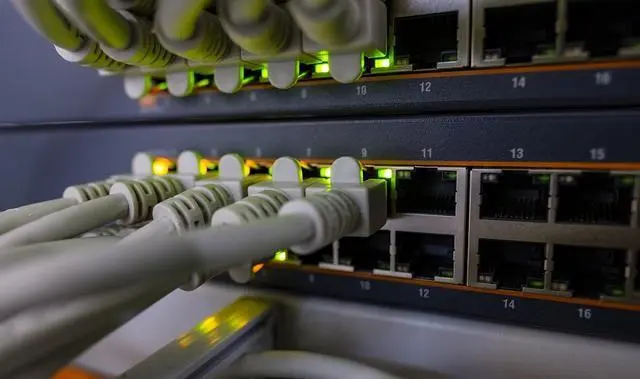Home 10G LAN: Choosing Between LC Fiber and Twisted Pair for Optimal Performance
When building a home 10G LAN, you need to consider many factors when choosing LC fiber or twisted pair. You can refer to the following comparisons:

The advantages of LC fiber include:
1. High bandwidth and low loss: Fiber optic transmission has extremely high bandwidth capacity and low loss characteristics, which is suitable for long-distance, high-speed data transmission. For 10G LAN, optical fiber can ensure stable transmission speed and bandwidth to meet the needs of high-speed data transmission.
2. Strong anti-interference: Fiber optic transmission is not affected by electromagnetic interference, so the signal quality is more stable.
3. Miniaturization and easy installation: LC fiber optic connectors are miniaturized and suitable for high-density fiber optic connection environments. Its plug-in design makes installation and removal more convenient.
However, LC fiber also has some disadvantages:
1. Higher cost: Compared with twisted pair cables, optical fiber and its related equipment are more expensive, which may increase the investment in overall network construction.
2. Maintenance requirements: Although optical fiber itself has high reliability, it may require higher maintenance requirements in harsh environments.
The advantages of twisted pair cables mainly include:
1. Low cost: Twisted pair is an economical and practical transmission medium with a relatively low price, suitable for home and small office networks.
2. Wide application: Twisted pair can be used not only in computer networks, but also in fields such as telephone networks and monitoring systems.
3. Easy wiring: Twisted pair is relatively simple in wiring and is suitable for various environments.
However, twisted pair also has some limitations:
1. Limited transmission distance and bandwidth: The transmission distance and bandwidth of twisted pair cables are limited to a certain extent and may not meet the needs of long-distance or high-speed data transmission.
2. Relatively weak anti-interference ability: Compared with optical fiber, twisted pair cables have slightly inferior anti-interference ability, especially in environments with strong electromagnetic interference.
Taking all the above factors into consideration, if you are looking for higher bandwidth, lower loss and stronger anti-interference ability, and your budget allows, then LC fiber may be a better choice. However, if you have a strict control over costs and your network requirements are within the transmission capacity of twisted pair cables, then twisted pair cables may be a more economical and practical choice. The final decision should be made based on your specific needs and budget.


